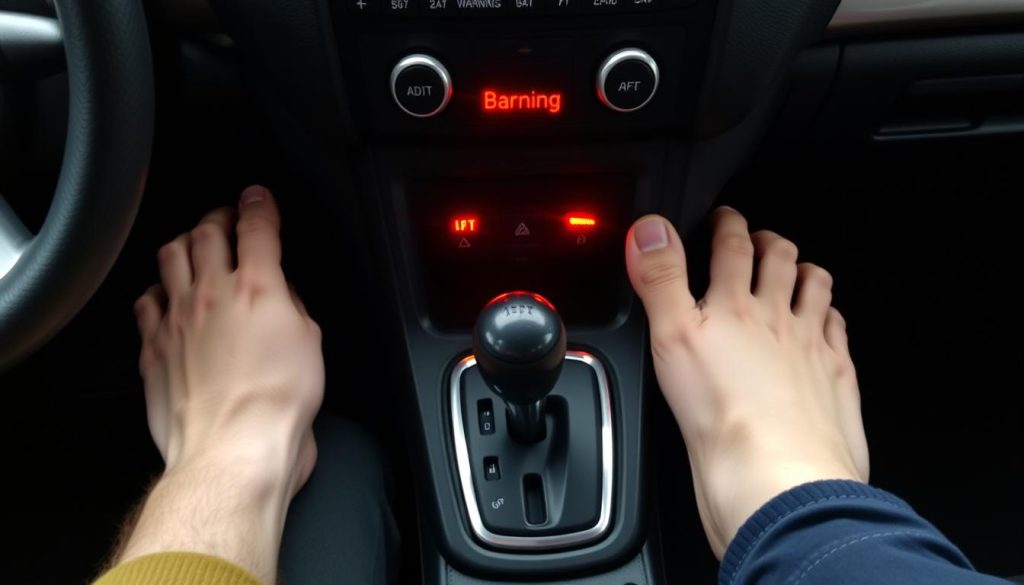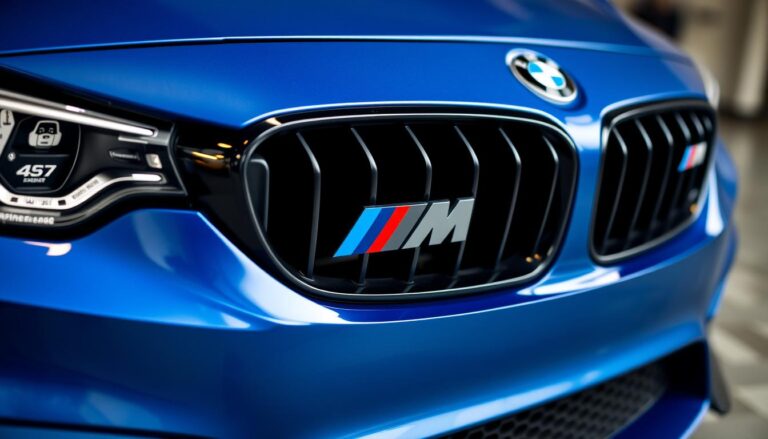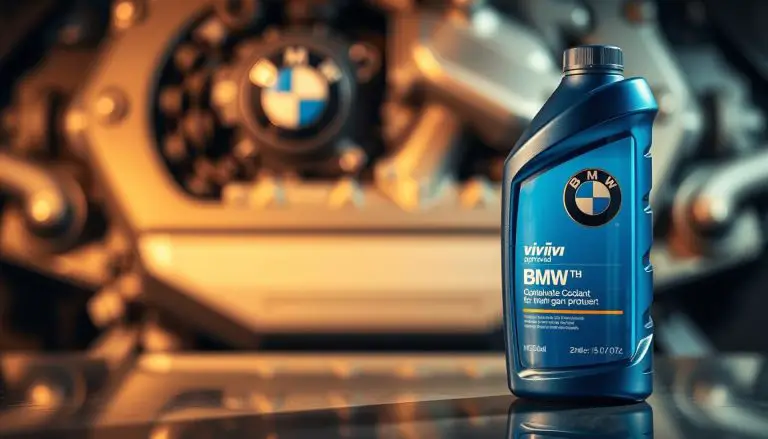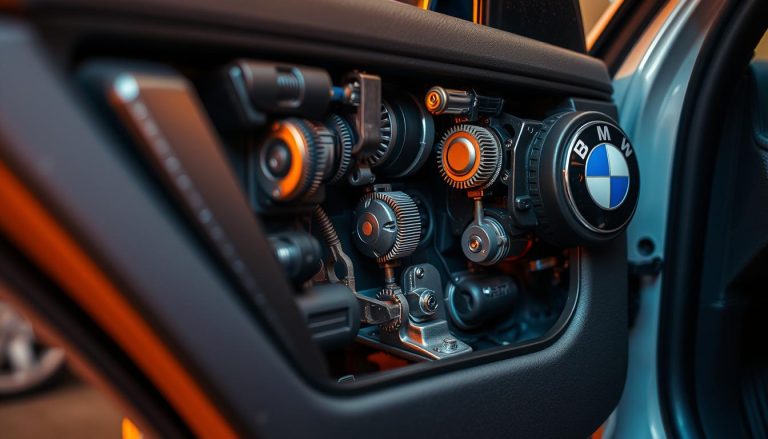Putting your BMW in park should be a simple task, but with various transmission types and model-specific features, it can sometimes be confusing. Whether you drive a classic BMW with a traditional gear lever or a newer model with an electronic shifter, this guide will walk you through the correct procedures to safely put your BMW in park. We’ll cover everything from basic operations to emergency situations, ensuring you can confidently operate your vehicle in any circumstance.
Understanding BMW Transmission Types
Different BMW transmission types: electronic shifter (left) and traditional gear lever (right)
BMW vehicles come with several different transmission types, each with its own method for engaging park. Understanding which type your vehicle has is the first step to properly operating it.
Traditional Gear Selector Lever
Older BMW models and some current ones feature a traditional gear selector lever that moves through a gate pattern. These typically have a “P” position at the top of the gate that you physically move the lever into.
Electronic Gear Selector
Many modern BMWs use an electronic gear selector that doesn’t physically connect to the transmission. Instead, it sends electronic signals to engage different gears. These come in various designs:

Joystick-Style: Features a P button on top of the shifter that you press to engage park.

Rotary Dial: A dial that you turn to select different gears, with P as one of the positions.
Push-Button Park
Some of the newest BMW models feature a push-button system where park is engaged by pressing a dedicated “P” button on the center console or near the gear selector.
Standard Procedure to Put Your BMW in Park

Regardless of your BMW model, these basic steps will help ensure you safely put your vehicle in park:
- Come to a complete stop. Always ensure your BMW is fully stopped before attempting to put it in park.
- Keep your foot firmly on the brake pedal. This is crucial for safety and proper operation of the transmission.
- Engage the parking brake. While not strictly necessary to put the car in park, this provides an additional safety measure.
- Select park using your specific transmission type. Methods vary by model (see below).
- Release the brake pedal gradually to ensure the vehicle is securely held by the parking pawl.
For Traditional Gear Selector Models
With your foot on the brake, move the gear selector all the way up until it clicks into the “P” position. You’ll feel a definite engagement when it’s properly in park.
For Electronic Joystick-Style Selectors
With your foot on the brake, press the “P” button located on top of the gear selector. You’ll see a “P” illuminate on your dashboard when park is successfully engaged.

For Rotary Dial Selectors
With your foot on the brake, rotate the dial to the “P” position. The dial will typically have a detent or stop at this position, and your dashboard will display a “P” indicator.
For Push-Button Systems
With your foot on the brake, press the dedicated “P” button. The button may illuminate or your dashboard will display a “P” indicator when park is engaged.
Model-Specific Instructions for Putting BMW in Park

Different BMW series have unique features that affect how you put them in park. Here’s a breakdown by popular model categories:
BMW 1 and 2 Series
Most 1 and 2 Series models use the electronic joystick-style selector. To put these vehicles in park:
- Come to a complete stop with your foot on the brake
- Press the “P” button on top of the gear selector
- The dashboard will display a “P” when successfully engaged
- For convertible models, ensure the roof is fully closed or open before parking

BMW 3, 4, and 5 Series
These popular models typically feature the electronic joystick-style selector, but some newer versions use push-button systems. For joystick-style:
- Stop completely with foot on brake
- Press the “P” button on the shifter
- Confirm “P” appears on the dashboard
For push-button systems:
- Stop completely with foot on brake
- Press the dedicated “P” button near the gear selector
- Verify “P” appears on the dashboard
BMW 7 and 8 Series
Luxury models often have additional features related to parking:
- Stop completely with foot on brake
- Press the “P” button on the electronic shifter
- The vehicle may automatically engage the electronic parking brake
- Some models automatically enter park when you turn off the ignition
BMW X Series (SUVs)
BMW’s SUV lineup generally follows the same procedures as their sedan counterparts:
- For X1 and X2: Similar to 1 and 2 Series
- For X3 and X4: Similar to 3 Series
- For X5, X6, and X7: Similar to 5 and 7 Series with potential auto-park features

BMW i Series (Electric Vehicles)
Electric BMW models often have unique transmission controls:
- The BMW i3 uses a rotary dial on the steering column
- The BMW i4 and iX use a small toggle-style selector
- Many electric models automatically engage park when you unbuckle your seatbelt or open the door
Safety Precautions When Putting BMW in Park

Important: Never attempt to put your BMW in park while the vehicle is moving at speeds above a very slow crawl. Modern BMWs have safety features that prevent park engagement at speed, but forcing the issue could damage your transmission.
Essential Safety Tips
- Always come to a complete stop before attempting to engage park
- Keep your foot on the brake until park is fully engaged
- Use the parking brake in addition to putting the transmission in park
- Turn wheels toward the curb when parking on hills
- Verify park engagement by checking for the “P” indicator on your dashboard
- Test that the vehicle is secure by gently releasing the brake pedal
Parking on Hills
When parking your BMW on an incline:
- Apply the parking brake before shifting into park
- Put the transmission in park
- Turn wheels toward the curb if facing downhill, away from the curb if facing uphill
- For steep hills, consider placing wheel chocks for additional security

Emergency Procedures if Park Mode Fails

If you experience issues with your BMW’s park function, follow these emergency procedures to safely secure your vehicle:
If Electronic Park Button Doesn’t Respond
- Keep your foot firmly on the brake pedal
- Engage the electronic parking brake by pulling up on the parking brake switch
- Turn off the ignition (some BMWs will automatically engage park)
- If on an incline, turn wheels toward the curb and consider using wheel chocks
- Contact BMW roadside assistance or a certified technician
Manual Override for Electronic Shifters
Some BMW models have an emergency manual override if the electronic shifter fails:
- Locate the small cover near the gear selector (consult your owner’s manual for exact location)
- Remove the cover to access the manual release
- Use the provided tool or a small flathead screwdriver to move the mechanism to the park position
- Engage the parking brake for additional security

If Vehicle Rolls After Putting in Park
If your BMW continues to roll after you’ve put it in park:
- Immediately reapply firm pressure to the brake pedal
- Engage the parking brake
- Shift back to park if it disengaged
- Turn off the engine
- Use wheel chocks if available
- Have your vehicle inspected by a professional as soon as possible
Common Mistakes to Avoid When Putting BMW in Park

Correct Practices
- Coming to a complete stop before engaging park
- Keeping foot on brake until park is fully engaged
- Using parking brake in addition to transmission park
- Verifying park engagement via dashboard indicator
- Turning wheels appropriately when parking on hills
Common Mistakes
- Attempting to engage park while vehicle is still moving
- Relying solely on transmission park without parking brake
- Releasing brake pedal before park is fully engaged
- Ignoring dashboard warnings related to transmission
- Forcing gear selector when it doesn’t engage easily
Mistake #1: Shifting to Park While Moving
One of the most common mistakes is attempting to put your BMW in park while the vehicle is still moving. Modern BMWs have safeguards that prevent park engagement at higher speeds, but at very low speeds (1-2 mph), some models will abruptly engage park, potentially damaging the transmission.
Mistake #2: Not Using the Parking Brake
Many drivers rely solely on the transmission’s park position without engaging the parking brake. This puts all the vehicle’s weight on the parking pawl, a small metal pin in the transmission. Always use your parking brake to reduce stress on the transmission.

Mistake #3: Exiting Vehicle Before Confirming Park
Always verify that your BMW is securely in park before exiting. Check for the “P” indicator on your dashboard and ensure the vehicle doesn’t move when you gradually release the brake pedal.
Frequently Asked Questions About Putting BMW in Park
What if my BMW doesn’t have a physical park button?
Some newer BMW models automatically engage park when you turn off the ignition or open the driver’s door. If your model doesn’t have a dedicated “P” button or position, consult your owner’s manual for specific instructions. In most cases, you can simply turn off the ignition while the vehicle is stationary with the brake applied, and park will engage automatically.
Can I damage my BMW by pressing the park button while moving?
Yes, attempting to engage park while moving at speeds above a very slow crawl can damage your transmission. Most modern BMWs have safety features that prevent park engagement at higher speeds, but forcing the issue or repeatedly attempting it can cause wear to the system. At very low speeds (1-2 mph), some BMWs will engage park with an abrupt stop, which isn’t ideal for your transmission’s longevity.
Why does my BMW automatically engage park when I open the door?
This is a safety feature in many newer BMW models designed to prevent the vehicle from rolling away if you exit while it’s still in drive or neutral. If you need to move the car with the door open (such as when parking in tight spaces), some models allow you to override this feature by fastening your seatbelt or by pressing the door latch mechanism twice before opening the door.
Conclusion
Properly putting your BMW in park is essential for both safety and maintaining your vehicle’s transmission system. By following the model-specific instructions and safety precautions outlined in this guide, you can ensure your BMW is securely parked in any situation. Remember that different BMW models have different mechanisms for engaging park, so always consult your owner’s manual if you’re unsure about your specific vehicle.
Regular maintenance of your transmission system is also important for preventing issues with the park function. If you experience any unusual behavior when putting your BMW in park, such as grinding noises, difficulty engaging, or the vehicle rolling after park is engaged, have your vehicle inspected by a certified BMW technician as soon as possible.



